ADDRESS AT THE IISC GLOBAL CONFERENCE 2007 SANTA CLARA MARRIOT, CALIFORNIA, USA FROM MULTIMEDIA STUDIO, RASHTRAPATI BHAVAN, NEW DELHI
23-06-2007 : FROM MULTIMEDIA STUDIO, RASHTRAPATI BHAVAN
Indian Institute of Science in 21st Century
"Dreams transform into thoughts
Thoughts result into actions"
I am delighted to participate in the IISc Global Conference 2007, which provides a forum for collaborative interaction among the Institute, its alumni, academic institutions and industry. I am confident that this conference will lead to build a long-term partnership between Institute and its alumni and usher in the next phase of the IISc. My greetings to all the alumni of IISc and distinguished participants.
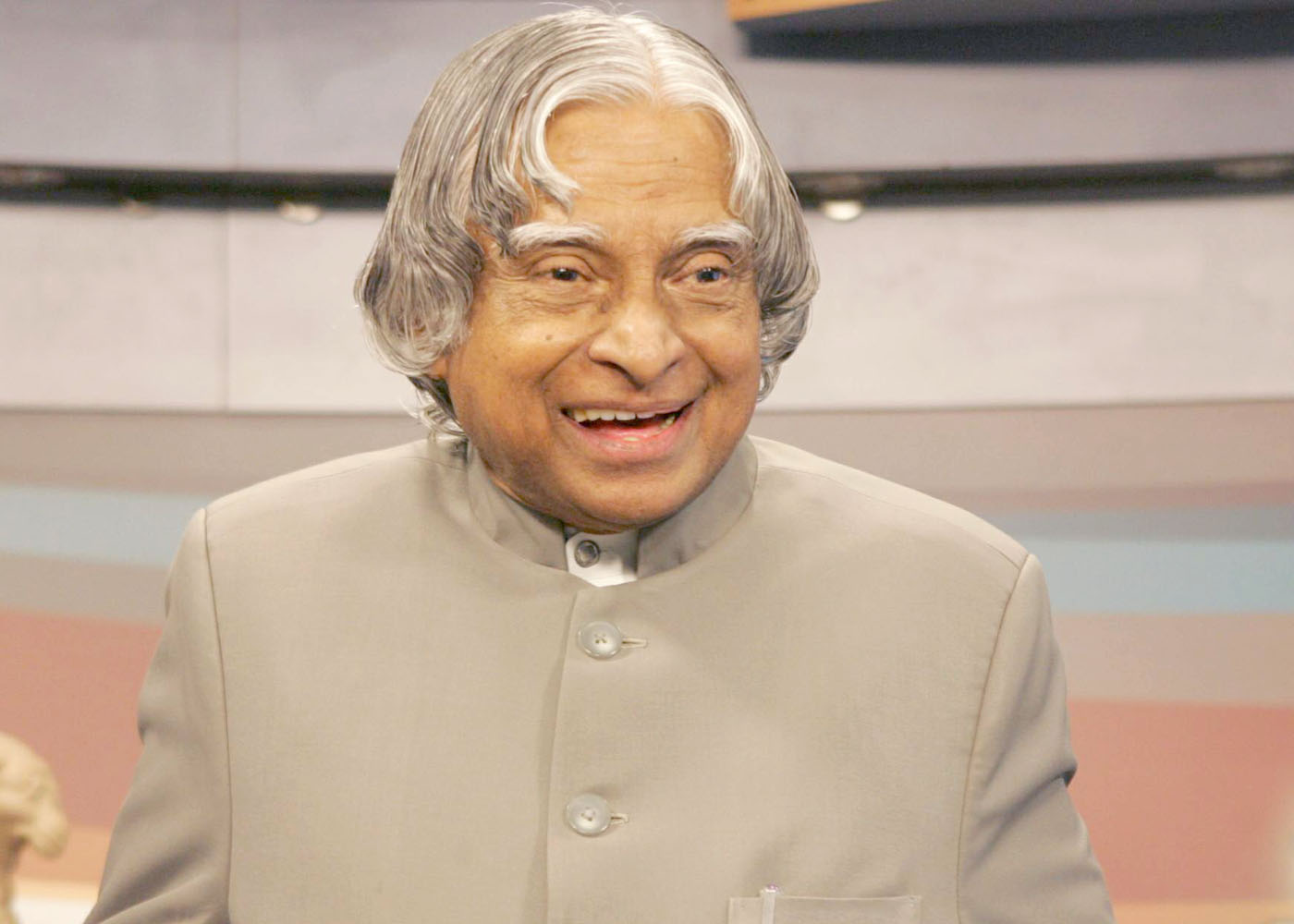

Birth of IISc
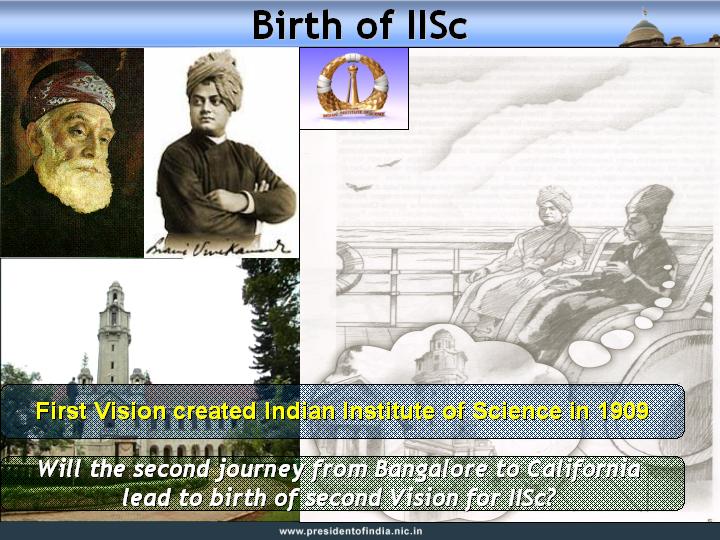
When I see you all, present teachers and professors of IISc and also hundreds of Alumni in front of me,
I am reminded of the scene of a ship moving from Yokohama, Japan to Vancouver to Chicago in 1893. That journey has become historic for India. Two great souls were aboard the ship, Swami Vivekananda and Jamshedji Tata. A question was asked by Swamiji to Tata, "For what mission are you traveling"? Jamshedji Tata replied that he was going to USA to bring steel industry to India. A very important suggestion came in at that point. Swamiji said, while bringing the technology of steel making to the nation, you will get only how to produce steel. You will not get the science of it. What you need is the knowledge of material science for steel development in the country. Swami Vivekananda suggested that Jamshedji, while progressing with the steel production, must think of an institution that will promote research in material and other sciences. This vision led to berth of Indian Institute of Science in 1909. Now, will the second journey from Bangalore to California, of course over the virtual seas in the form of IISc Global Conference 2007, lead to the birth of second Vision for IISc? Let us together share certain experiences and thoughts.
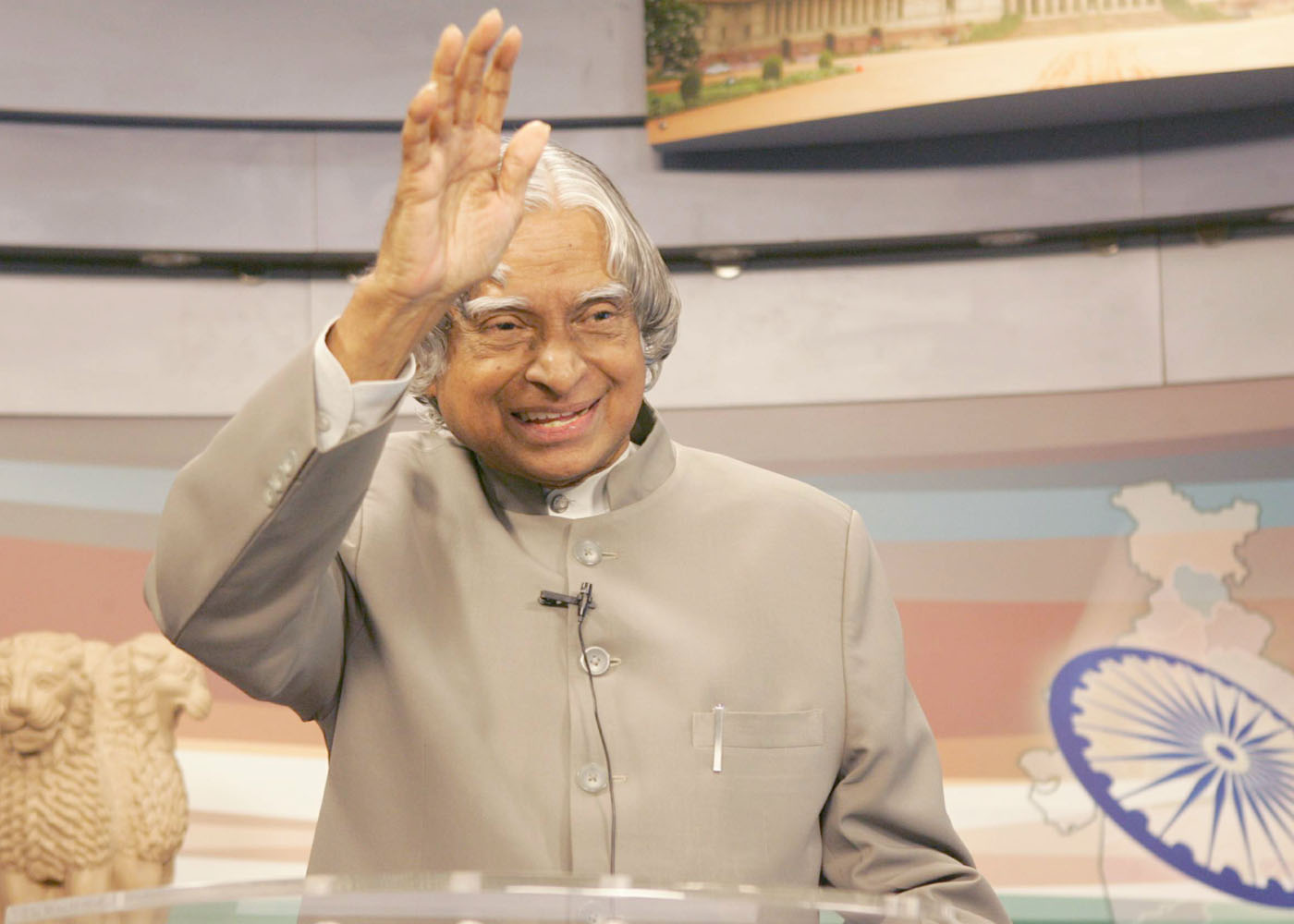

My first contact with IISc
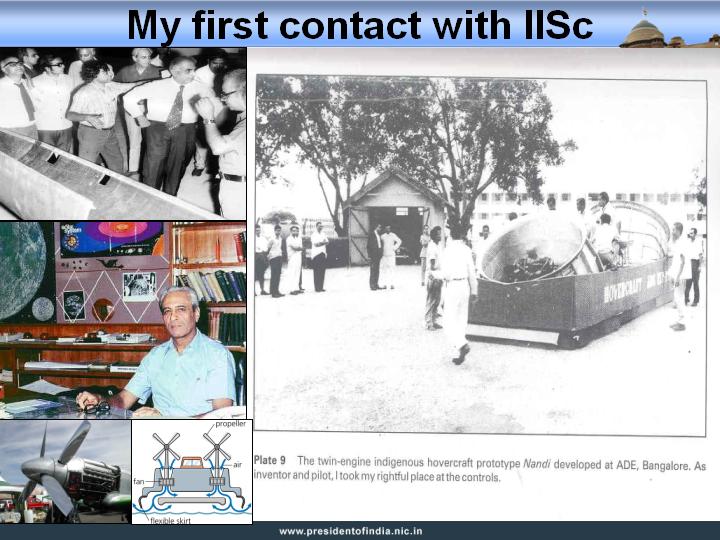
I joined Defence Research and Development Organisation (DRDO) in 1958 at Aeronautical Development Establishment at Bangalore as a Scientific Assistant. There, I took up the development of Hovercraft. Hovercraft design needed the development of a ducted contra- rotating propeller for creating a smooth flow with balancing of torques. I did not know how to design a contra-rotating propeller. Some of my friends told me that I could approach Prof. Satish Dhawan of Indian Institute of Science and seek his guidance to design the propeller.
I met Prof. Satish Dhawan, who was sitting in a small room in Indian Institute of Science with stocks of books around and a blackboard on the wall. Prof. Satish Dhawan asked me what the problem was that I would like to discuss? I explained the problem to Prof. Dhawan about my project work. He told me that it was really a challenging task and he would teach me the design only if I attend, his classes in IISc between 2.00 p.m. to 3.00 p.m. on all Saturdays for the next six weeks. He was a visionary teacher. Before commencing each session, he would ask critical questions and assess my understanding of the subject. I realized how a good teacher prepares himself for teaching with meticulous planning and prepares the student for acquisition of knowledge. This process continued for the next six weeks and I acquired the capability for designing the contra-rotating propeller. Prof. Dhawan told me that I was ready for developing the contra-rotating propeller for the given hovercraft configuration. That was the time I realized that Prof. Satish Dhawan was not only a teacher, but also a fantastic development engineer of aeronautical systems.
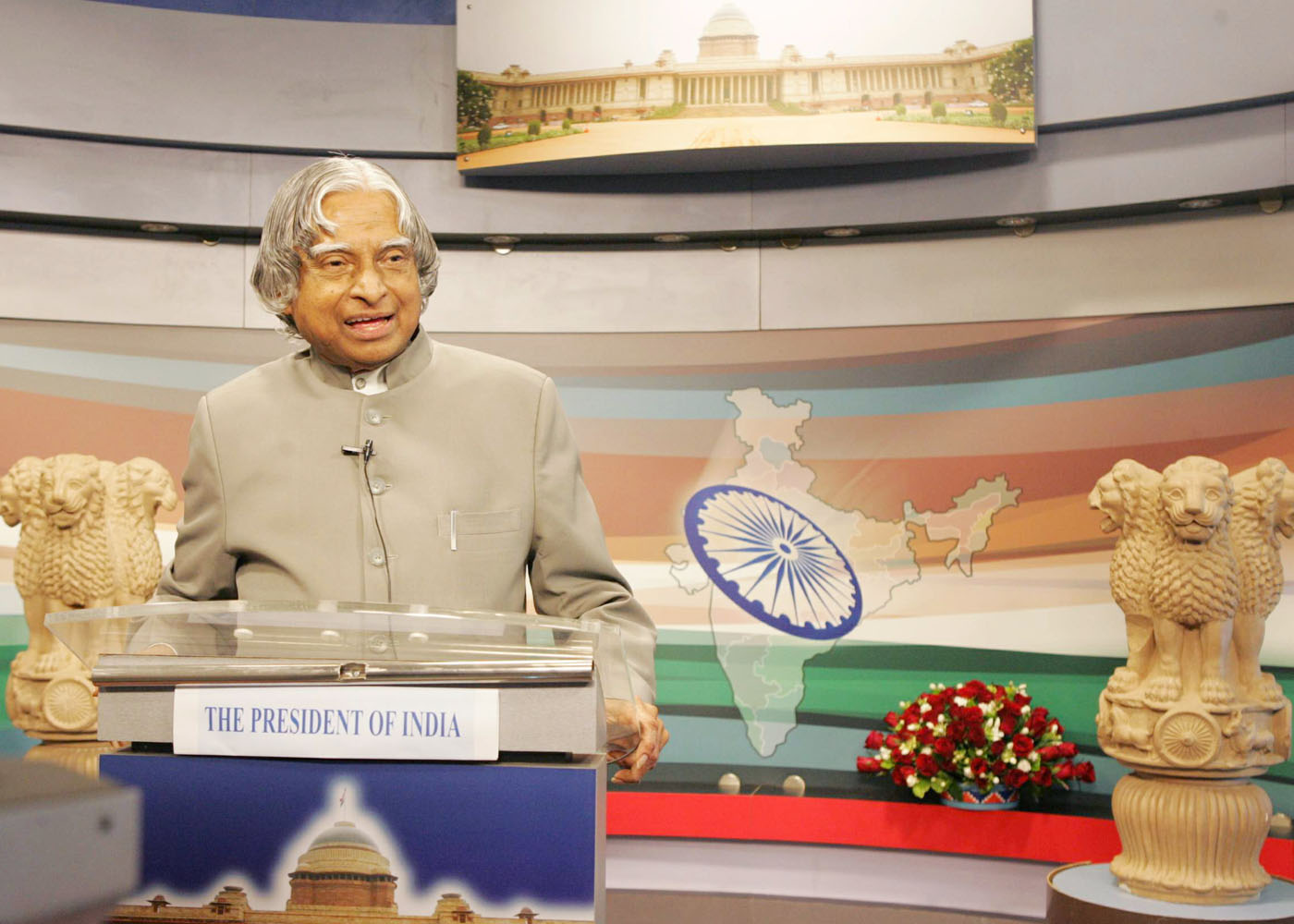
After reaching the smooth test phase, contra-rotating propeller went through 50 hours of continuous testing. Prof. Satish Dhawan witnessed the test himself and congratulated me. That was a great day for me, when I saw the contra rotating propeller performing to the mission requirement in the hovercraft. It was a great environment in IISc, where even a scientific assistant could approach a professor for design guidance, the professor took it seriously, the student really would never forget the teacher. What a beautiful environment! I always cherish this experience. Such inherent teacher's quality has to shine in the campus.
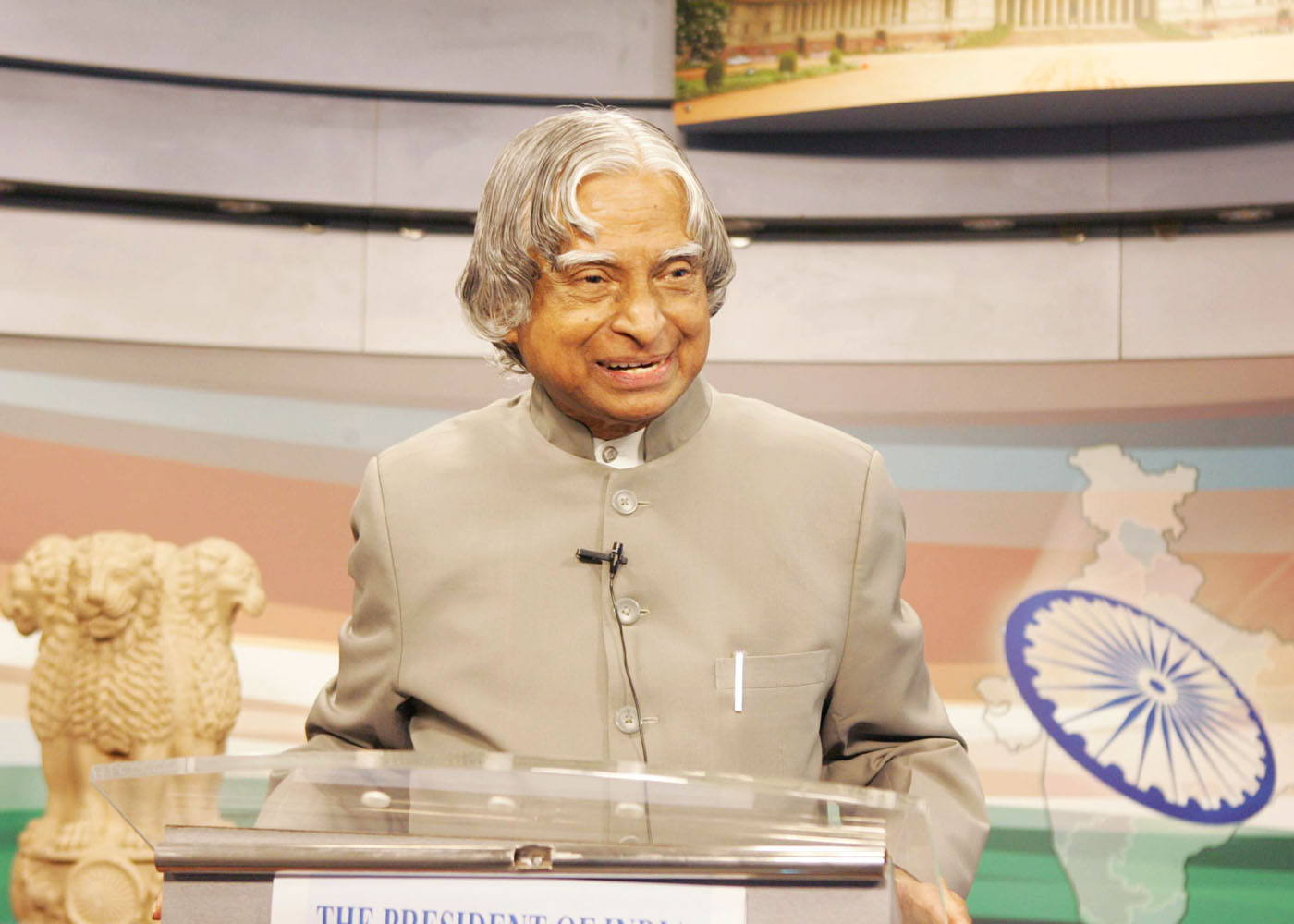
Later I had the opportunity to work with Prof. Satish Dhawan as a Project Director in the development of India's first satellite launch vehicle, SLV-3 for placing the Rohini Satellite into the orbit. Since then, I have been continuously associated with Indian Institute of Science during my entire professional career in ISRO, DRDO and as Principal Scientific Adviser. As President of India, I have been enriched by the discussions with many of the researchers and faculty members of IISc and alumni concerning scientific problems for societal applications.
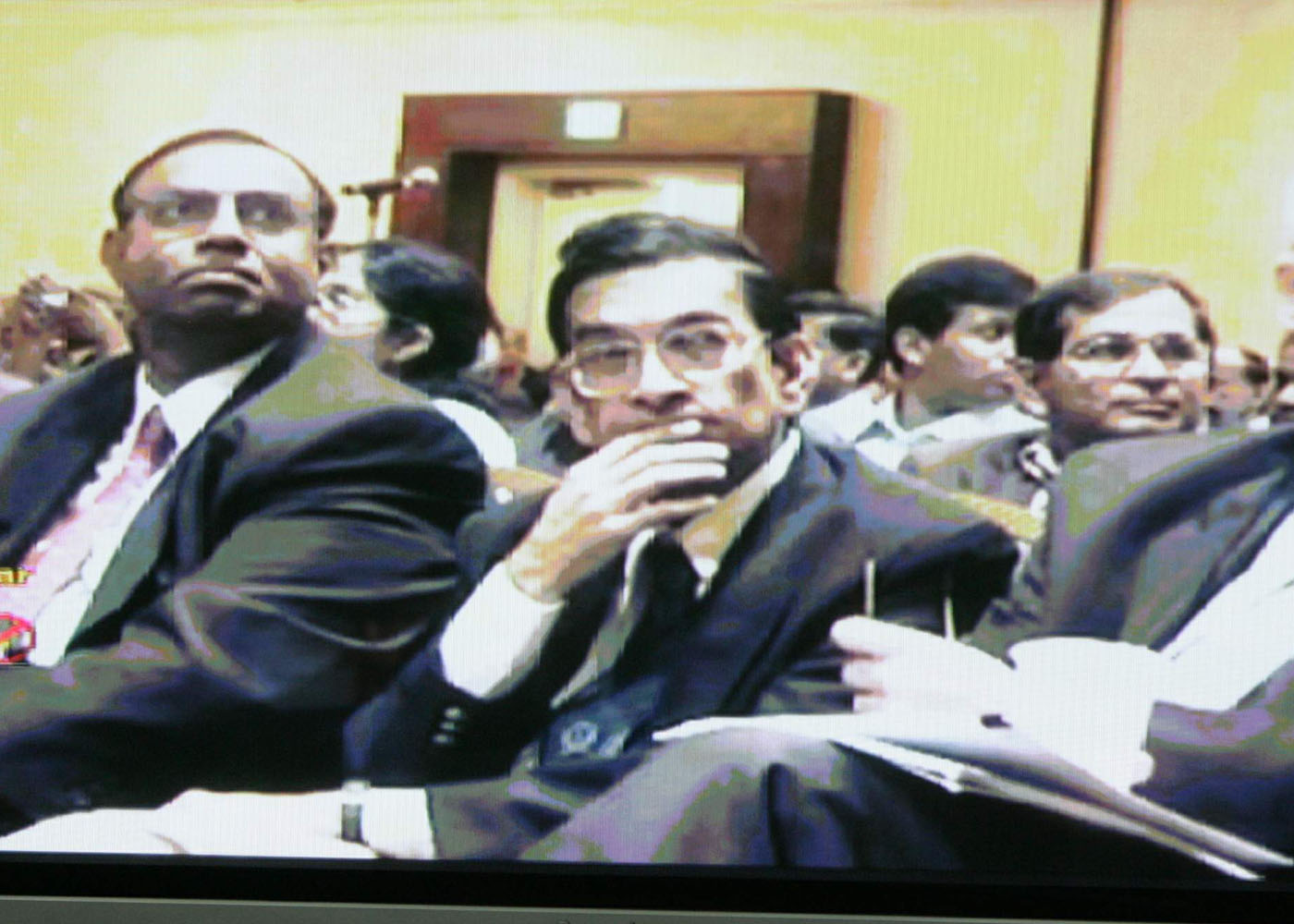

Some thoughts for enriching IISc
When I planned to talk to you, I enquired and discussed with the scientists who were alumni or who were associated with teaching and research, on what will be the next phase of IISc? I have received a number of responses with admiration for the sterling contribution made by IISc in research and development. Let me share with you a few typical responses
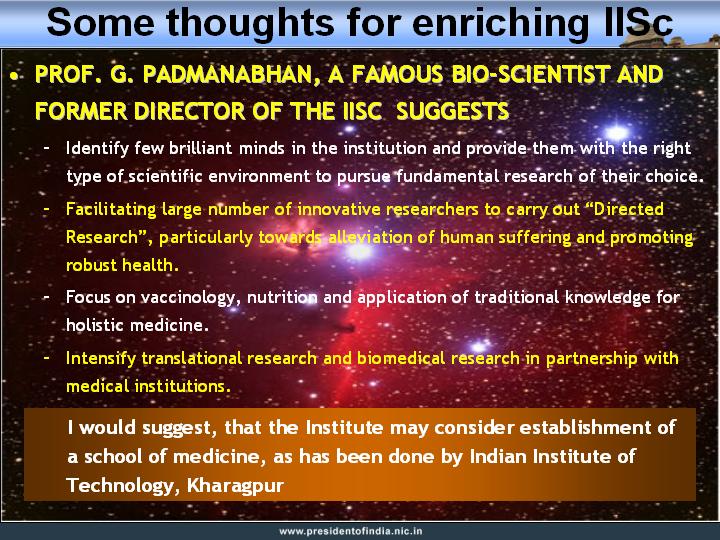
Prof. G. Padmanabhan, a famous bio-scientist and former Director of IISc, focuses on dimensions of future research challenges. It is essential firstly to identify few brilliant minds in the institution and provide them with the right type of scientific environment to pursue fundamental research of their choice. Secondly, facilitating large number of innovative researchers to carry out "Directed Research", particularly towards alleviation of human suffering and promoting robust health. Prof. Padmanabhan suggests focus on vaccinology, nutrition and application of traditional knowledge for holistic medicine. The Institute must also intensify translational research. He visualizes biomedical research as a leading area for the future in IISc and feels that education and research in this area has to be taken up in partnership with medical institutions. I would suggest, that the Institute may consider establishment of a school of medicine, as has been done by Indian Institute of Technology, Kharagpur.
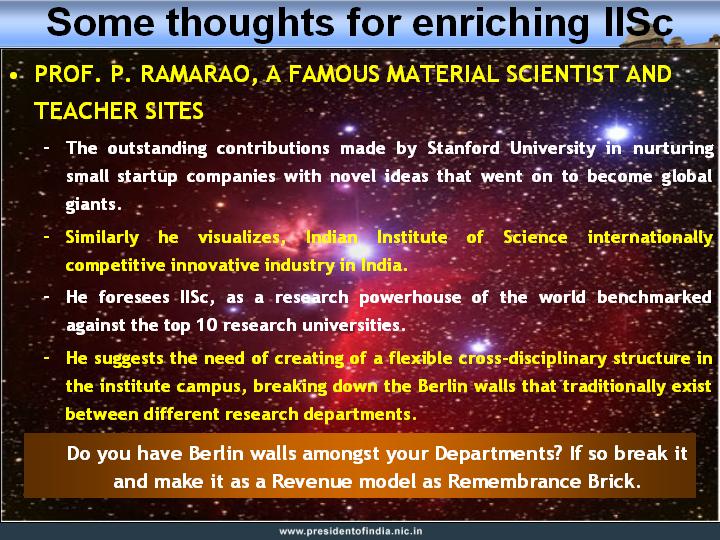
Prof. P. Ramarao, a famous material scientist and teacher, cites the outstanding contributions made by Stanford University in nurturing small startup companies with novel ideas that went on to become global giants. Similarly he visualizes, Indian Institute of Science along with the alumni to establish internationally competitive innovative industry in India. He foresees IISc, as a research powerhouse of the world benchmarked against the top 10 research universities. Prof. Ramarao suggests the need of creating of a flexible cross-disciplinary structure in the institute campus, breaking down the Berlin walls that traditionally exist between different research departments.
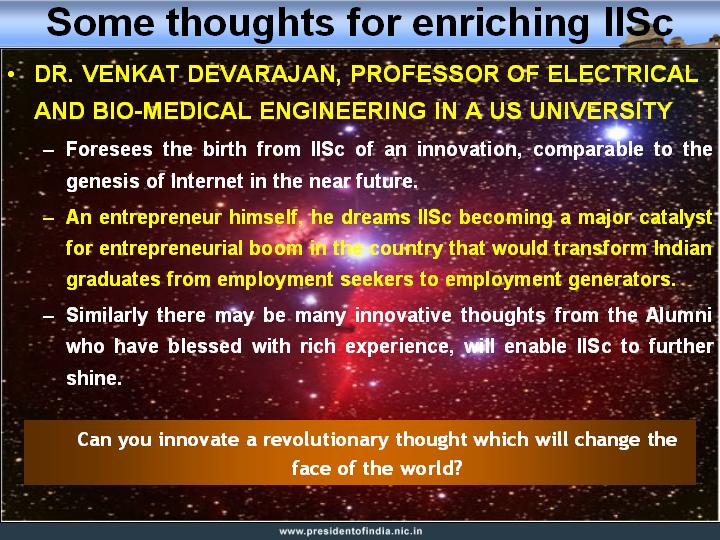
Dr. Venkat Devarajan, Professor of Electrical and Bio- medical Engineering in a US university, foresees the birth from IISc of an innovation comparable to the genesis of Internet, grid computing and gene coded drugs in the near future. An entrepreneur himself, he dreams IISc becoming a major catalyst for entrepreneurial boom in the country that would transform Indian graduates from employment seekers to employment generators. Similarly, there may be many innovative thoughts from all of you who have been blessed with rich experience. That will enable IISc to further shine.

India 2020 and IISc
Now I would like to discuss friends, the type of India's profile in the year 2020, through India's national missions.
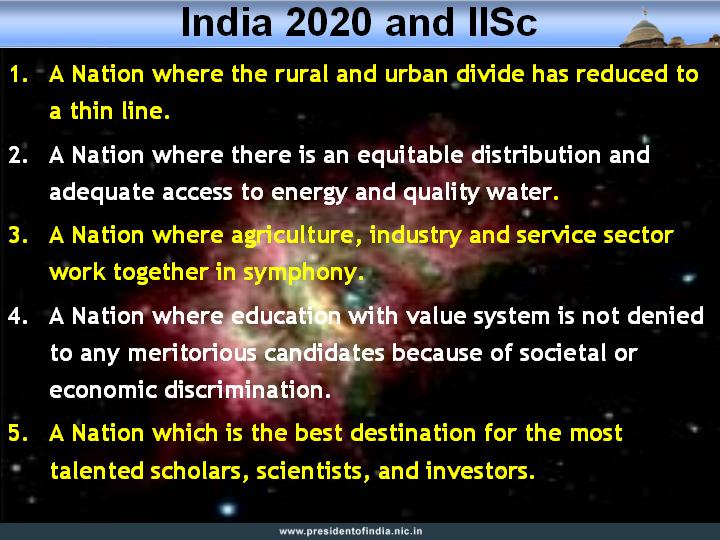
1. A Nation where the rural and urban divide has reduced to a thin line.
2. A Nation where there is an equitable distribution and adequate access to energy and quality water.
3. A Nation where agriculture, industry and service sector work together in symphony.
4. A Nation where education with value system is not denied to any meritorious candidates because of societal or economic discrimination.
5. A Nation which is the best destination for the most talented scholars, scientists, and investors.
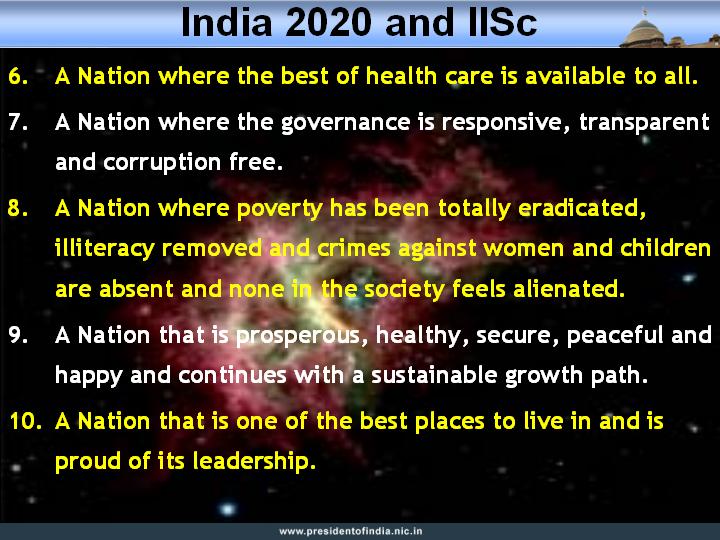
6. A Nation where the best of health care is available to all.
7. A Nation where the governance is responsive, transparent and corruption free.
8. A Nation where poverty has been totally eradicated, illiteracy removed and crimes against women and children are absent and none in the society feels alienated.
9. A Nation that is prosperous, healthy, secure, peaceful and happy and continues with a sustainable growth path.
10. A Nation that is one of the best places to live in and is proud of its leadership.
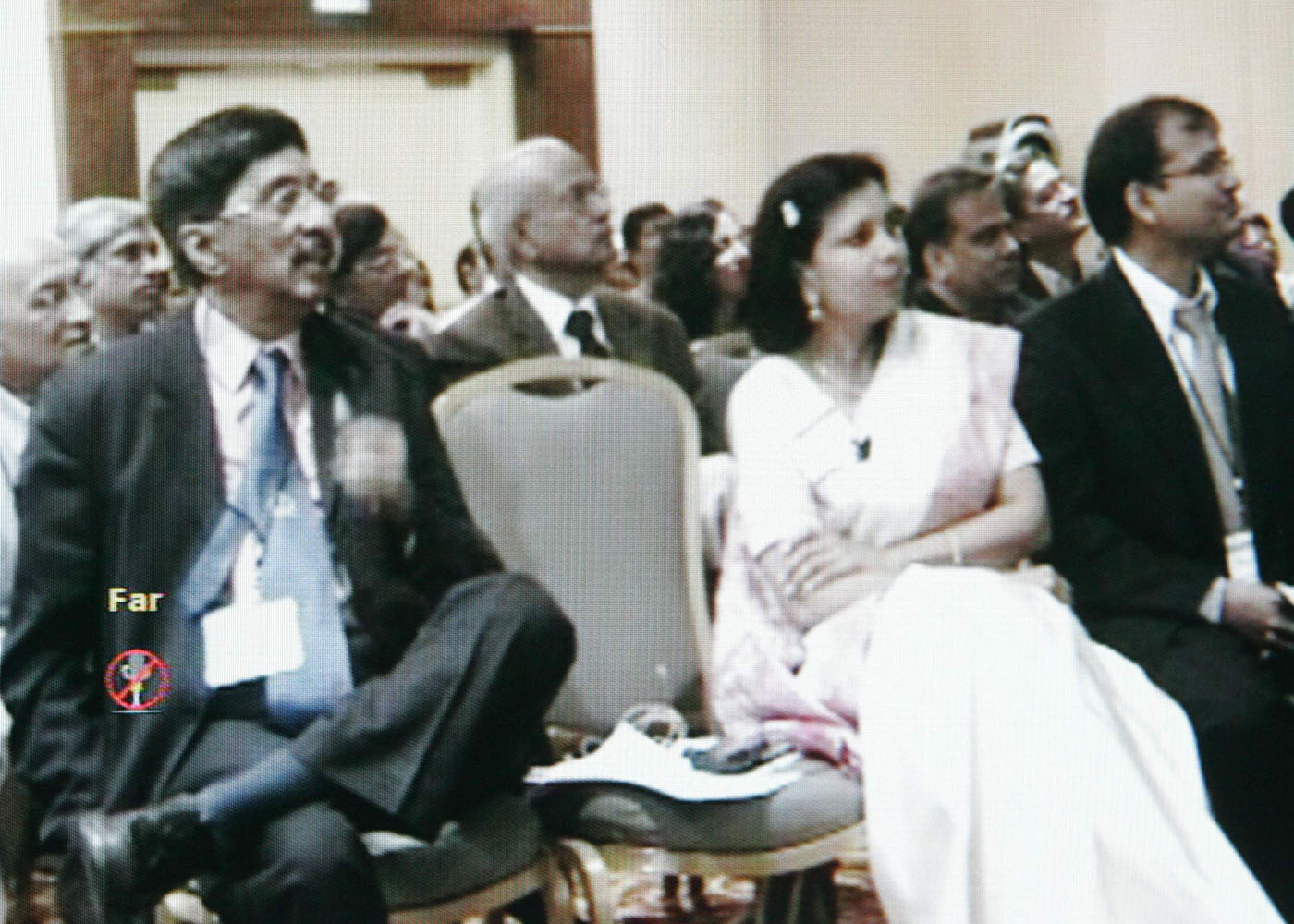
Now friends, you can see the aspiration and vision of the people of India. It is indeed now necessary to match the impedance between the vision of India and Vision of Indian Institute of Science. I am sure the results of IISc Global Conference will enrich the IISc and thereby the nation. I am sure, you will send me the IISc Global Conference 2007 proceedings with recommendations.
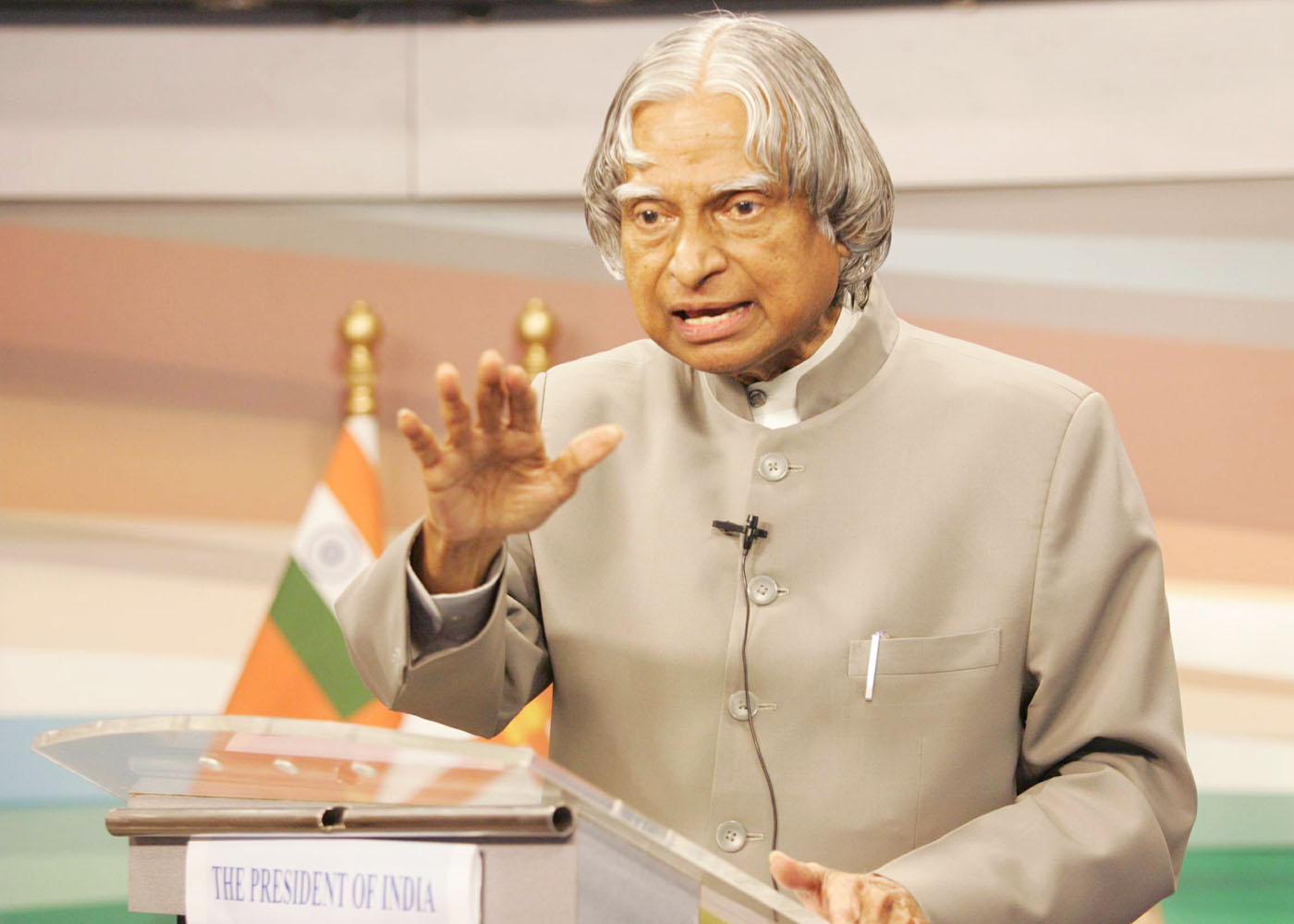

Challenges of 21st Century
Friends, IISc has been a premier education and research institution in the country for science and technology and one of the leading institutions in the world. How will this institute meet the challenge in the coming century? Based on my visits to all the States and Union Territories in the country and 16 countries in Asia, Europe and Africa as the President and meeting over 1.5 million youth, I realize that all the youth irrespective of which country they belong to, aspire to live in a peaceful, happy, prosperous and safe nation. What does it mean? It means that economic prosperity alone is not sufficient. It has to be complimented with the value systems and our five thousand years old Civilizational heritage which has genetically shaped the Indian people. I personally believe, when the nation is progressing towards economic development, it is also essential to build education with value system drawn from our Civilizational heritage. The good human life comes out of the way we live; we may have series of problems. But the billion people have the connectivity which gives us the united strength. To meet the challenges of such missions for the nation, I visualize the Indian Institute of Science have to have the vision for the next few decades. The components of the vision could be:
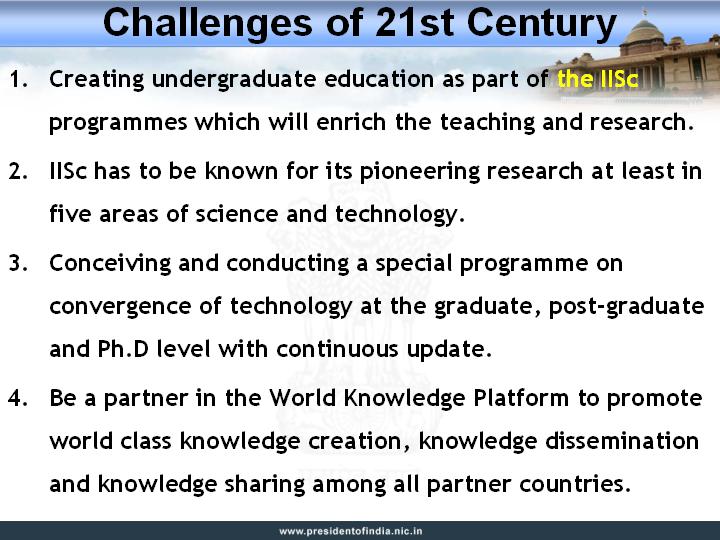
(a) Creating undergraduate education as part of the IISc programmes which will enrich the teaching and research.
(b) IISc has to be known for its pioneering research at least in five areas of science and technology.
(c) Conceiving and conducting a special programme on convergence of technology at the graduate, post-graduate and Ph.D level with continuous update.
(d) Be a partner in the World Knowledge Platform to promote world class knowledge creation, knowledge dissemination and knowledge sharing among all partner countries.
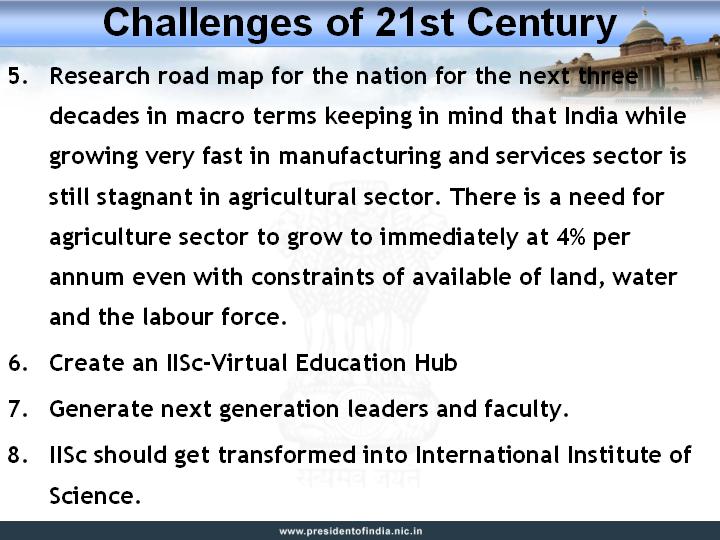
(e) Prepare the research road map for the nation for the next three decades in macro terms keeping in mind that India while growing very fast in manufacturing and services sector is still stagnant in agricultural sector. There is a need for agriculture sector to grow to immediately at 4% per annum even with constraints of available of land, water and the labour force.
(f) Create an IISc-Virtual Education Hub - so that the quality education from IISc can reach out to the entire nation. It should also act as a Virtual Collaborative Hub, which will become the platform for the scientists, researchers from IISc, world wide scientists and Nobel laureates to share their knowledge among the students and faculty across India.
(g) Generate next generation leaders and faculty for the multitude of colleges and Universities in India so that you can create "burning candles that can light other candles" that reflect the ethos and research culture of IISc every where in India.
(h) Finally, IISc should get transformed into International Institute of Science, where scientists and technologists from large number of countries should work towards solving many problems facing the humanity such as climate change, energy, water, health care and materials resources.
Now let me share with you my thoughts on Global Human Resource Cadre and the role of IISc.

Global Human Resource cadre
At present India has five hundred and forty million youth under the age of 25 which will continuously be growing till the year 2050. In the coming decades, India needs large number of talented youth with higher education for the task of knowledge acquisition, knowledge imparting, knowledge creation and knowledge sharing.
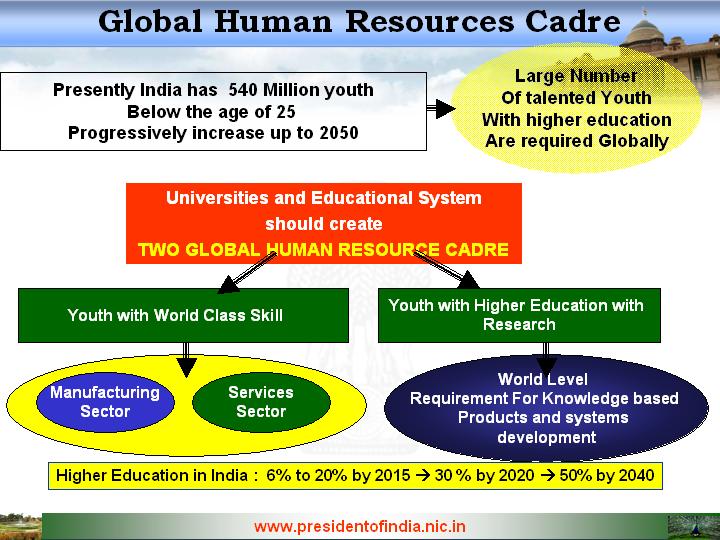
Between now to 2050, two important events will be taking place in our country, India would have become a developed nation by 2020 through an integrated development plan in 5 key areas where India has core competence. India would also have realized Energy independence by 2030. During this period, the youth population which accounts for 54% of the total population of the country will be continuously growing till 2050, which will be unique to India. The youth power is indeed a great power, particularly the ignited mind of the youth is the most powerful resource on the earth, above the earth and under the earth. This presents an opportunity to develop a "Global Human Resource Cadre" which will be an essential resource for not only for India but for many countries in the world. IISc in partnership with the Indian universities will have to work towards increasing the through put of the university education system from the existing 10% to 15% by the year 2015, 20% by the year 2020, 25% by the year 2025 and 30% by the year 2030.

Sustainable Development
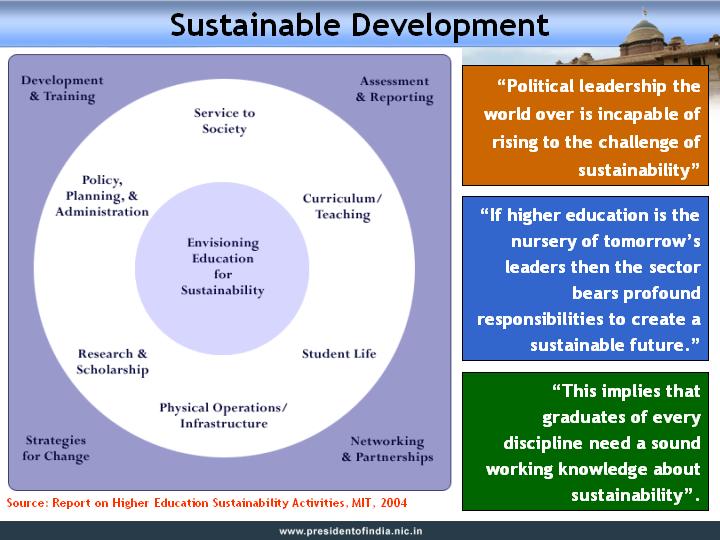
Since, IISc is a multi disciplinary research and education centre, I feel it is best suited to focus on sustainable development. In this connection, recently I happened to read the Conference General report of the International Conference on Education for sustainable future in Sep 2003, which refers to central challenge for higher education for sustainability. Since it is relevant to this audience, I would like to quote "The Johannesburg world summit for sustainable development has made one thing unmistakably clear that the political leadership the world over is incapable of rising to the challenge of sustainability. Yet, most of the hundred or so world leaders who attended have a higher education degree from some of the world's most prestigious universities - the higher education sector is failing society by producing leaders incapable of addressing the most pressing problems. If higher education is the nursery of tomorrow's leaders then the sector bears profound responsibilities to create a sustainable future. This implies that graduates of every discipline need a sound working knowledge about sustainability".
You may like to debate this view and arrive at a conclusion on the introduction of sustainable development in the teaching and research in IISc.

Integrated Development Studies
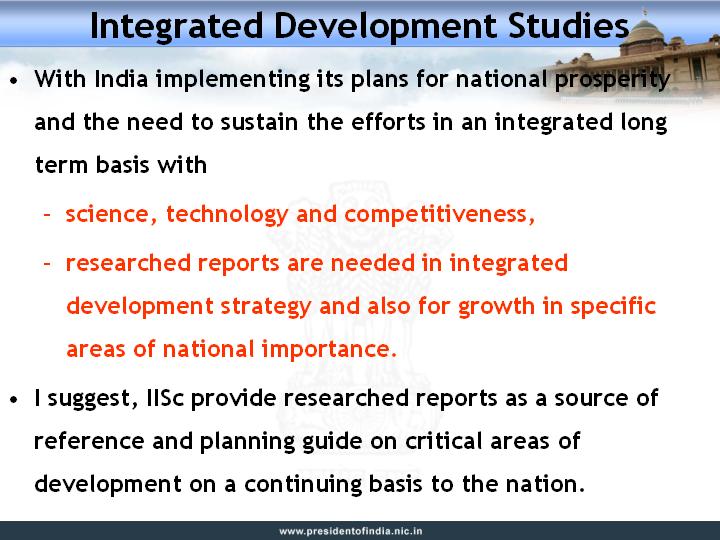
Whenever I refer certain futuristic forecast of problems and solutions, I find useful analysis and reports from many top universities of the world covering the global situation. With India implementing its plans for national prosperity and the need to sustain the efforts in an integrated long term basis with science, technology and competitiveness, researched reports are needed in integrated development strategy and also for growth in specific areas of national importance. I suggest, IISc provide researched reports as a source of reference and planning guide on critical areas of development on a continuing basis.

Suggestions for Global IISc Community
Keeping the vision of IISc for the next few decades in mind, I would suggest following actions by the fifteen thousand alumni of IISc spread in different parts of the World:
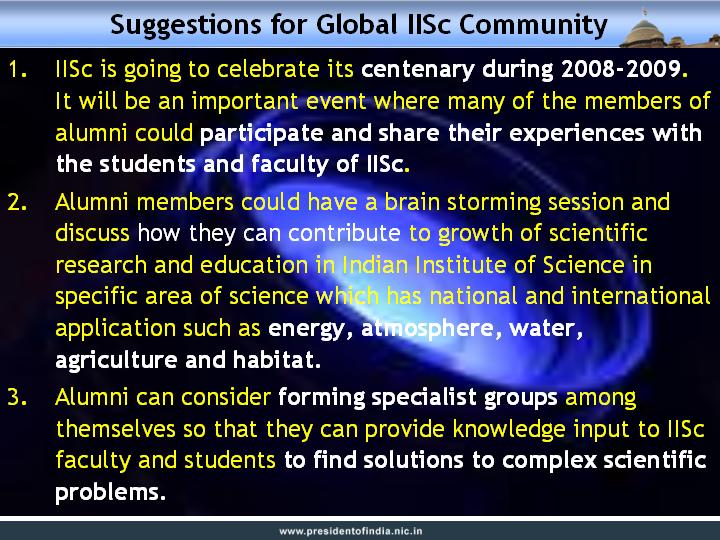
a) IISc is going to celebrate its centenary during 2008-2009. It will be an important event where many of the members of alumni could participate and share their experiences with the students and faculty of IISc.
b) Alumni can consider forming specialist groups among themselves so that they can provide knowledge input to IISc faculty and students to find solutions to complex scientific problems.
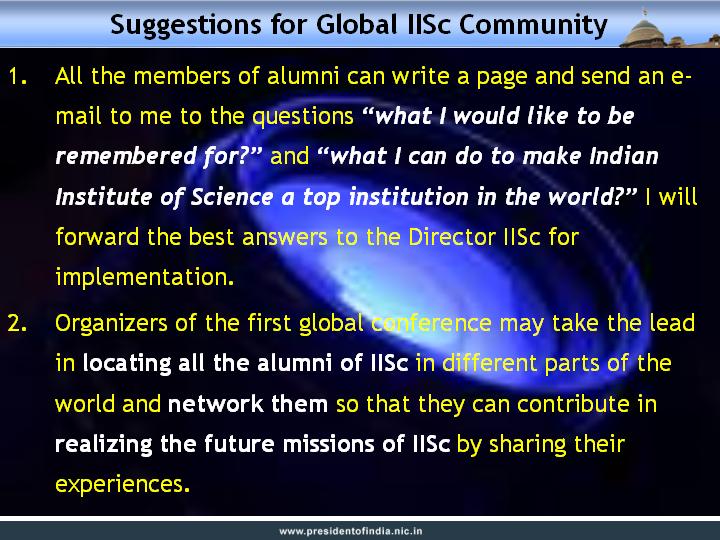
c) All the members of alumni can write a page and send an e-mail to me to the questions "what I would like to be remembered for?" and "what I can do to make Indian Institute of Science a top institution in the world?"
d) Organisers of the first global conference may take the lead in locating all the alumni of IISc in different parts of the world and network them so that they can contribute in realizing the future missions of IISc by sharing their experiences.
The IISc and its alumni have to partner to meet the scientific and technological needs of India for making it Globally Competitive and provide the scientific support needed to improve the quality of life.

Conclusion
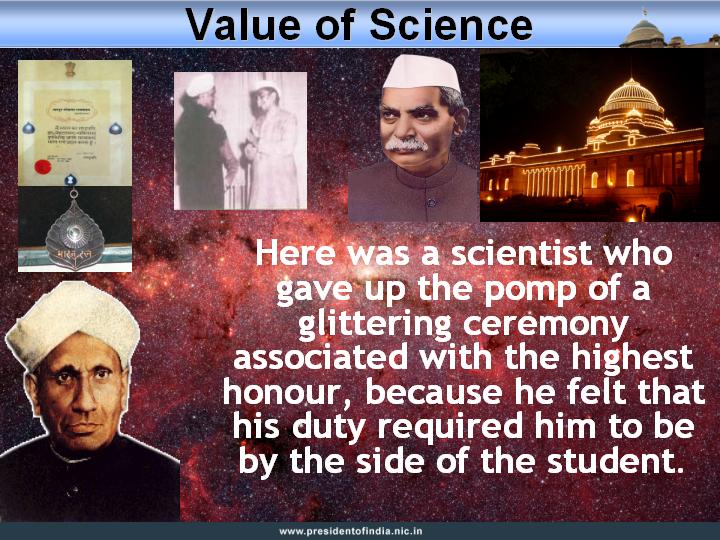
Since I am in the midst of Scientists, Technologists, research scholars and students, I thought of sharing with you an incident about Sir CV Raman - a Nobel Laureate in Physics for discovering Raman Effect. Raman was in the first batch of Bharat Ratna Award winners. The award ceremony was to take place in the last week of January, soon after the Republic Day celebrations of 1954. The then President Dr. Rajendra Prasad wrote to Raman inviting him to be the personal guest in the Rashtrapati Bhavan, when Raman came to Delhi for the award ceremony. Sir CV Raman wrote a polite letter, regretting his inability to go. Raman had a noble reason for his inability to attend the investiture ceremony. He explained to the President that he was guiding a Ph.D. student and that thesis was positively due by the last day of January. The student was valiantly trying to wrap it all up and Raman felt, he had to be by the side of the research student, see that the thesis was finished, sign the thesis as the guide and then have it submitted. Here was a scientist who gave up the pomp of a glittering ceremony associated with the highest honour, because he felt that his duty required him to be by the side of the student. It is this unique trait of giving value to science that builds science. This environment is very important for nurturing science and research.
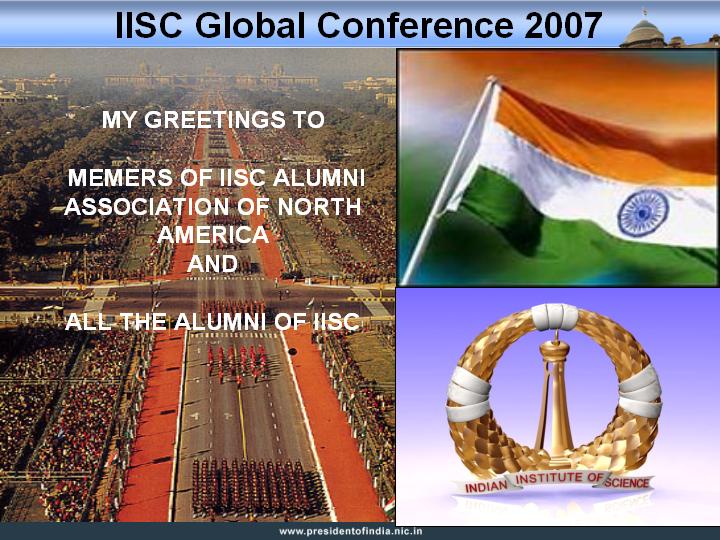
With these words, I inaugurate the IISc Global Conference 2007 and my best wishes to all the members of IISc community for success in all their missions.
May God Bless you.

Questions and Answer Session
1 What do you foresee for the future of indigenous drug (vs. off patent) development in India?
- Dr. Subba Rao
Ans: Ranbaxy Research Center is working on discovery of new molecules and transform them into drugs with special focus on Drug Development for Respiratory disorders, Urinary tract infection, metabolic disorders and Novel antibiotics for upper tract infection. They are progressing well. Similarly, some other Pharma Research Centre such as Reddy Laboratories, Nicholas Piramal, Wockhart are also working in this area. Very soon we will have substantial progress in indigenous drug development in India.
2 The pursuit of Science and academic excellence today has all the trappings of a commercial enterprise. How should the Institute strike the right balance between these pressures and being the institution with a Soul.
- Dr. Janaki Akella
Ans: As of now there are differences in the situation between India and other developed countries. Of course your question is valid. While research for the sake of research is important for competitiveness, this cannot be only mode of pursuing research in a academic institution on a sustainable basis. We have to generate large number of researchers carrying out directed research on the problems facing humanity. This combined action will make any institution sustainable.
3 In a speech at the Institute you had suggested Arts Education be also included. The Arts do nurture the creative side of the human brain - Are there any plans to implement these suggestions
- Ms. Satya Ramachandran
Ans: Dr. Balram is the right person to answer this question.
4 The institute has nurtured many students of modest means and made a huge difference in their lives. This is still a drop in the ocean in India - How can we serve more students throughout India?
- Dr. Yashraj Bhatnagar
Ans: Two Indian Institute of Education Research and Training and creation of IITs in each of the state will enhance the availability of quality education to our youth. IISc faculty can definitely contribute in nurturing these institutions and other institution in country. This type of cumulative action will enable spreading of quality education to many in the country.
5 Can India sustain its economic growth rate without a revolution of the masses for a share of the spoils
- Shri Gopi Mamidipudi
Ans: India is in the process of creating number of PURAs (Providing Urban Amenities in Rural Areas). This will enable sustenance of economic growth to the rural masses. We estimate the number of PURAs required for the whole country will be seven thousand. I would suggest alumni of our educational institutions living in many parts of the world can provide knowledge connectivity to these PURAs.
6 What would you like to see happen in the next presidential terms?
- Shri Anil Chaudhary
Ans: There will always be in continuity in our system. Every President brings his or her core competence.
7 How will the economic boom proliferate to the masses of India?
- Dr. Parveen Jain
Ans: Application of technology to create value added products through agro-processing and bio-fuel production will increase job creation per capita income, thereby spreading the economic boom to the masses.
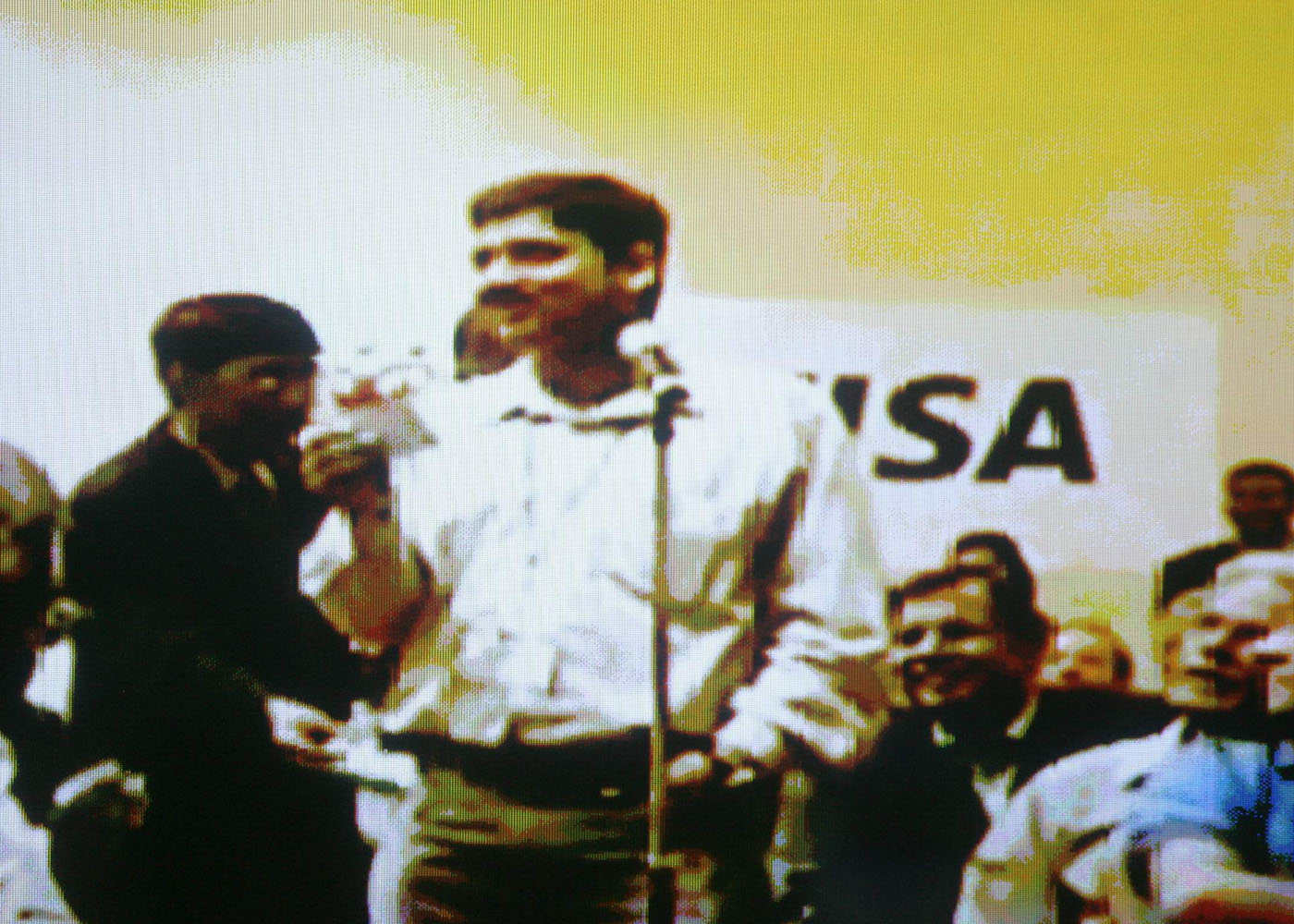
Dr. A. P. J. Abdul Kalam
<<Back
|